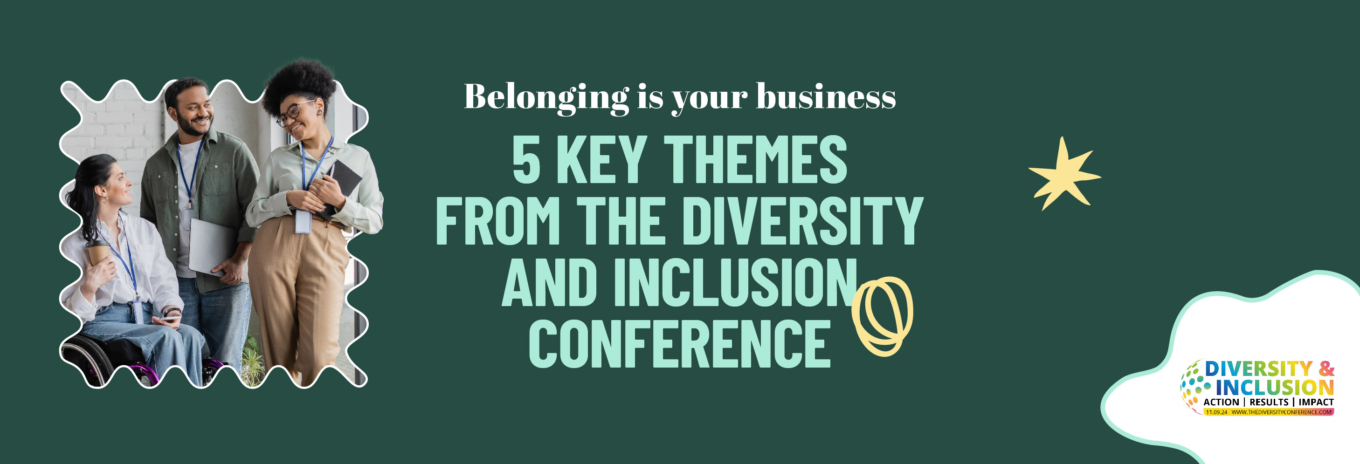Stellar lineup of speakers? Yep. Super interesting conversations with HR, ED&I and People Experience professionals from large organisations such as Virgin, BT, Coop, Specsavers, L’occitane, Evenbreak, Sky and RSPCA? Yep, got that too.
I recently had the pleasure of attending the Diversity & Inclusion conference in London. From embracing neurodiversity and maximising the power of employee networks, to activating allyship and embedding inclusive language into comms, it was brilliant to hear what others are doing to drive their Equity, Diversity, and Inclusion agendas forward, and share how we are helping our clients to do the same at Alive.
Sarah Kenuel, Director of Leadership, Learning, Talent, Culture & Diversity at BT Group called herself an ‘DE&I Explorer’, rather than an expert, because we’re always learning, growing and discovering.
With that in mind, let’s dive into these five key themes from the Diversity & Inclusion conference…
Neurodiversity & disability: language, strategy and the social model
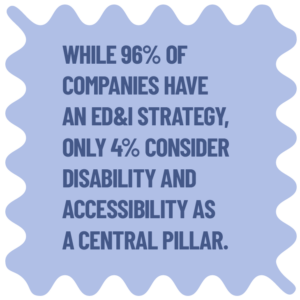
- Instead of regurgitating legal terms like “reasonable adjustments,” companies are shifting to more human-centric phrases like “workplace adjustments” or “ways of working”. This subtle but important change makes communication clearer and less clinical.
- Ensure disability is an embedded part of your ED&I strategy. I was extremely shocked when I heard that while 96% of companies have an ED&I strategy, only 4% consider disability and accessibility as a central pillar.
- Offer all candidates interview questions in advance. This has the potential to positively impact everyone, especially neurodiverse candidates.
- Swot up on the social model of disability, where the focus is on dismantling the structural barriers that people face rather than viewing individuals as the issue.
The business case for ED&I: people, performance and leadership
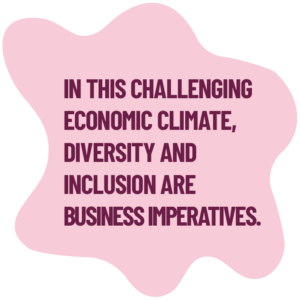
- People are your greatest asset: “If you focus on the people goal at 9am, the rest of your day will be a lot easier.”
- In this challenging economic climate, diversity and inclusion are business imperatives. ED&I isn’t just about creating a better work environment; it’s about driving business performance through people’s different experiences, expertise and ideas.
- If we don’t address why people are leaving, we’ll be stuck in an endless loop of recruitment drives. I love that our team supports organisations with building and improving their internal communications, ED&I strategies and culture change programmes, as well as creative recruitment campaigns!
Active allyship: sceptics, networks and support
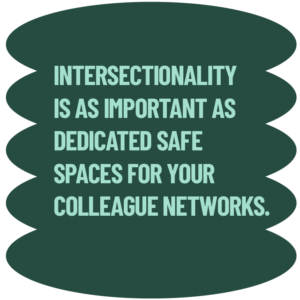
- Creating an inclusive culture isn’t just about highlighting and celebrating those who are already on board with ED&I. It’s also about reaching the sceptics through professionally facilitated workshops, focus groups and mentoring schemes.
- Intersectionality is as important as dedicated safe spaces for your colleague networks. Bringing these groups together can reveal commonalities and build bridges between differences. If you’re curious about how to enable your colleague networks to thrive please drop us an email, I’d love to share our strategical ideas deck with you.
- Looking after managers is critical so that they can look after our people – it’s a cyclic process.
Inclusive language: lists, questions and learning
Language is constantly evolving, so instead of creating a list of correct and acceptable words that need updating regularly, it was suggested that we ask ourselves these three questions:
- Does this language make assumptions?
- Does it have offensive origins?
- Is it outdated?
This model creates space for open conversation and learning.
Dialling up data-driven insights: progress, intersectionality and inclusion
- It’s not enough to simply look at data through a binary lens. We need to dig deeper and continue evolving the progress made.
- For example, it’s one thing to meet your targets for the number of women in leadership, but how many of those women are returning from maternity leave? How many are women of colour?
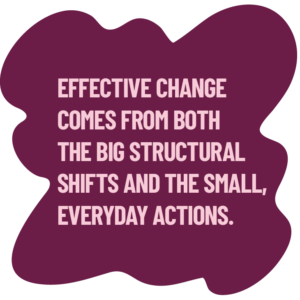
Attending this conference reinforced my belief that effective change comes from both the big structural shifts and the small, everyday actions. Whether it’s asking better questions, adjusting our language, or rethinking how we approach neurodiversity and disability in the workplace, every effort counts when it comes to building a sense of belonging at work.
By Lauren Castle at Alive!

